The guilty pleasures of travel
Secret recipes from tucked away towns, places made famous from pickled pies and hot-pots, a bread advert showcasing must-visit scenes and food festivals dotted around the country. Study the British map and you can discover culinary delights in all directions. Pâté and pastries, national favourites and regional dishes lead us around the country inviting us to savour the real thing directly from the origin, a Bakewell tart, a Bath bun or even a Welsh cake.
Allow me to take you on a culinary journey. Come prepared with elasticated waistbands, mouth-watering experiences and foods you have known since you were a child. Some naughty but nice!
Let’s start in Scotland
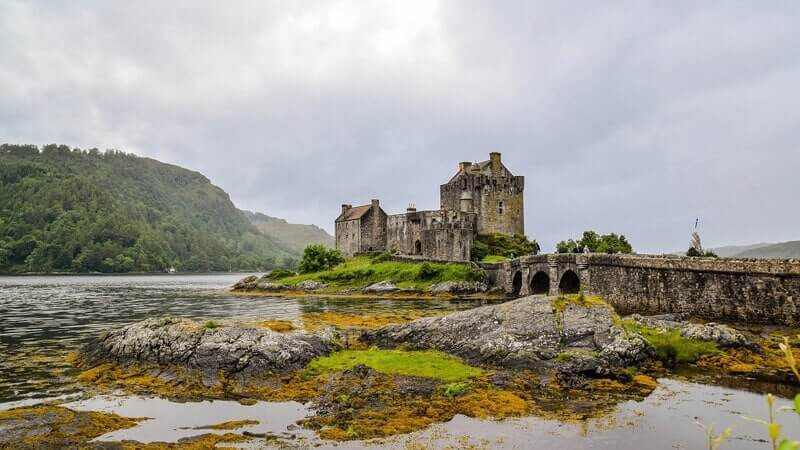 There are heaps of places to enjoy mince and tatties, while exploring its history and heritage of countless castles, rugged coastlines and remote isles within reach. Scotland is the home of Braveheart, the Loch Ness Monster, shaggy, characterful Highland cattle and battle-sites between clans. Vast expanses of landscape are perfect to practice your golf swing or hike through heather coated moors. Even the dress has a distinct fashion with twirling tartan kilts and sporran with music by bagpipes.
There are heaps of places to enjoy mince and tatties, while exploring its history and heritage of countless castles, rugged coastlines and remote isles within reach. Scotland is the home of Braveheart, the Loch Ness Monster, shaggy, characterful Highland cattle and battle-sites between clans. Vast expanses of landscape are perfect to practice your golf swing or hike through heather coated moors. Even the dress has a distinct fashion with twirling tartan kilts and sporran with music by bagpipes.
I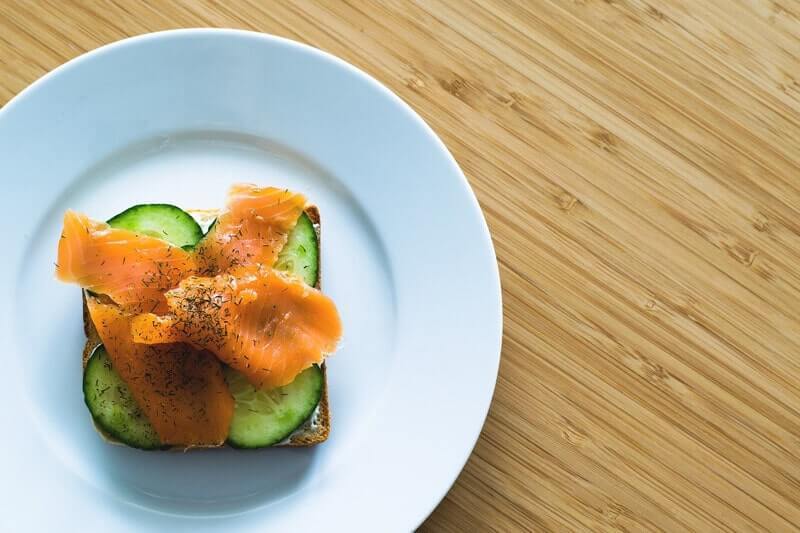 t’s a country with deep glens and lochs with scenery that’s easy to get lost in but its homegrown foods of Scottish salmon, scotch eggs and shortbread biscuits will keep you on track. Cullen Skink is a creamy Scottish soup of smoked salmon, onions and potatoes. If visiting between August and December expect grouse to be on the menu. And for a wee dram, the Scotch Whisky tops the national drinks list with over 100 distilleries to tour and sample.
t’s a country with deep glens and lochs with scenery that’s easy to get lost in but its homegrown foods of Scottish salmon, scotch eggs and shortbread biscuits will keep you on track. Cullen Skink is a creamy Scottish soup of smoked salmon, onions and potatoes. If visiting between August and December expect grouse to be on the menu. And for a wee dram, the Scotch Whisky tops the national drinks list with over 100 distilleries to tour and sample.
Attracting international acclaim is, of course, Haggis. What is it? Myth has us believe it’s a breathing, beastly animal. Speculation has brought interest worldwide and worth the journey to discover if it’s really a savoury meat pudding, made of sheep’s heart, liver and lung meat, not forgetting neeps served with it coated in whisky sauce.
Across to Northern Ireland
Think of Northern Ireland and you may relate the country to the Games of Thrones scenery, the stairway to heaven trail, CS Lewis, Liam Neeson and the Titanic Museum. But for many, it’s the hospitality and the authentic Irish pub culture, full of comradery serving steaming Irish stew and soda bread with Irish ales and perhaps a velvety Irish coffee. 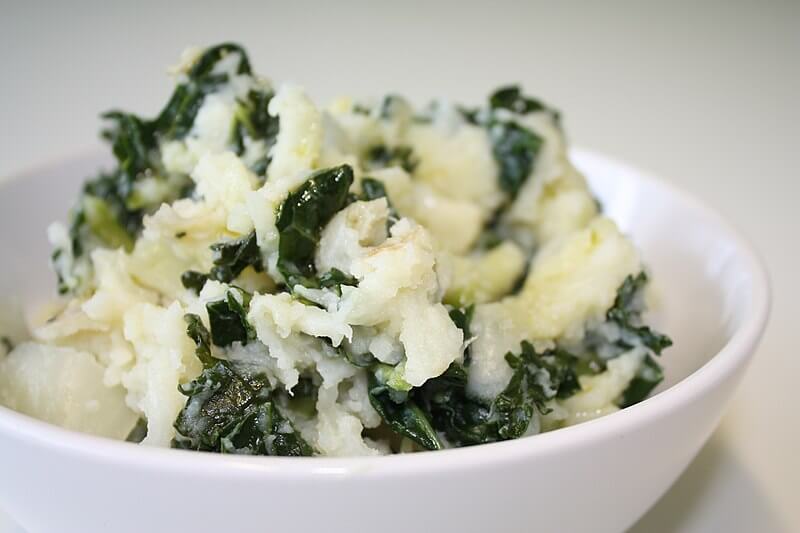 And if you have the luck of the Irish, you might hear a heart-wrenching ballad or toe-tapping folk music from fiddlers playing before you. St George’s Market in Belfast is the last surviving Victorian market in the city and the place to munch through Northern Irish foods. You can’t really get more Irish than a big bowl of Colcannon, a creamy mixture of mashed potatoes, cabbage, cream and butter, commonly served with bacon. Pure comfort food to warm your cockles on a drizzly evening. Breakfast has an Irish twist too. The Ulster Fry where you are served with not only black but white pudding too and traditional potato bread. And rated as the best in the world, oysters are grown on the west coast of Ireland due to the perfect environmental conditions from the cold waters of the Atlantic ocean.
And if you have the luck of the Irish, you might hear a heart-wrenching ballad or toe-tapping folk music from fiddlers playing before you. St George’s Market in Belfast is the last surviving Victorian market in the city and the place to munch through Northern Irish foods. You can’t really get more Irish than a big bowl of Colcannon, a creamy mixture of mashed potatoes, cabbage, cream and butter, commonly served with bacon. Pure comfort food to warm your cockles on a drizzly evening. Breakfast has an Irish twist too. The Ulster Fry where you are served with not only black but white pudding too and traditional potato bread. And rated as the best in the world, oysters are grown on the west coast of Ireland due to the perfect environmental conditions from the cold waters of the Atlantic ocean.
Over to Wales
Daffodils, valleys, male voice choirs and glacial landscapes contribute to the character of Wales. The many national parks offer an array of activity holidays especially to reach the dizzy height of Snowdonia. And there’s Portmeirion, a unique tourism village while Barry Island bears the signature of the Gavin & Stacey television series. 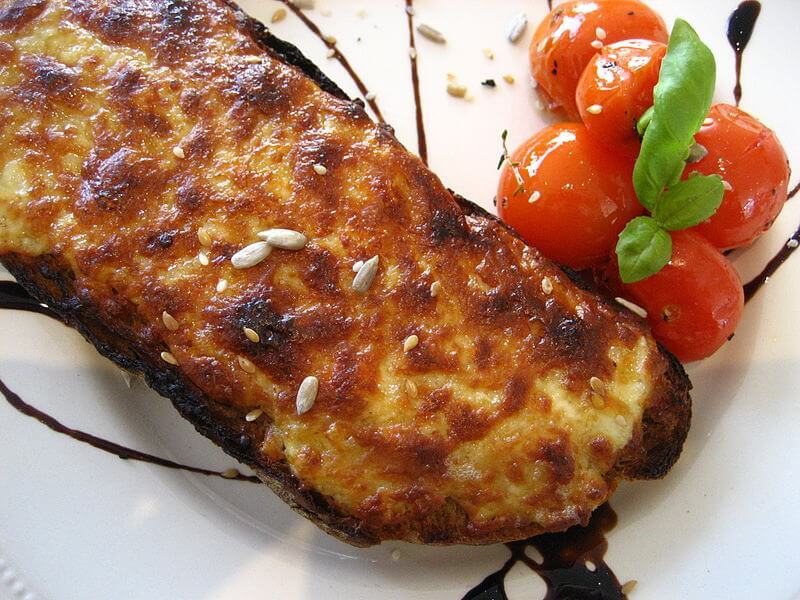 But also well-known and enjoyed is traditional Welsh Rarebit, oozing with a melted cheese and ale mixture, a dish which stems from the 14th century as a way of accentuating the greatness of wheat bread and Welsh Cheddar. For those who crave a sweeter taste, a Welsh cake is a must as is a slice of Bara Brith, a fruit loaf originating from rural Wales, where they used a mortar and pestle to grind the fresh sweet spices. When visiting Wales, do try Laverbread, a luxurious seaweed dish known as “the welshman’s caviar’ or Cawl Cennin, otherwise known as leek and potato soup. Other homegrown produce includes Caerphilly cheese, Glamorgan sausage and Sewin otherwise known as sea trout and all served amid a Celtic culture and that distinctive welsh language.
But also well-known and enjoyed is traditional Welsh Rarebit, oozing with a melted cheese and ale mixture, a dish which stems from the 14th century as a way of accentuating the greatness of wheat bread and Welsh Cheddar. For those who crave a sweeter taste, a Welsh cake is a must as is a slice of Bara Brith, a fruit loaf originating from rural Wales, where they used a mortar and pestle to grind the fresh sweet spices. When visiting Wales, do try Laverbread, a luxurious seaweed dish known as “the welshman’s caviar’ or Cawl Cennin, otherwise known as leek and potato soup. Other homegrown produce includes Caerphilly cheese, Glamorgan sausage and Sewin otherwise known as sea trout and all served amid a Celtic culture and that distinctive welsh language.
And to England
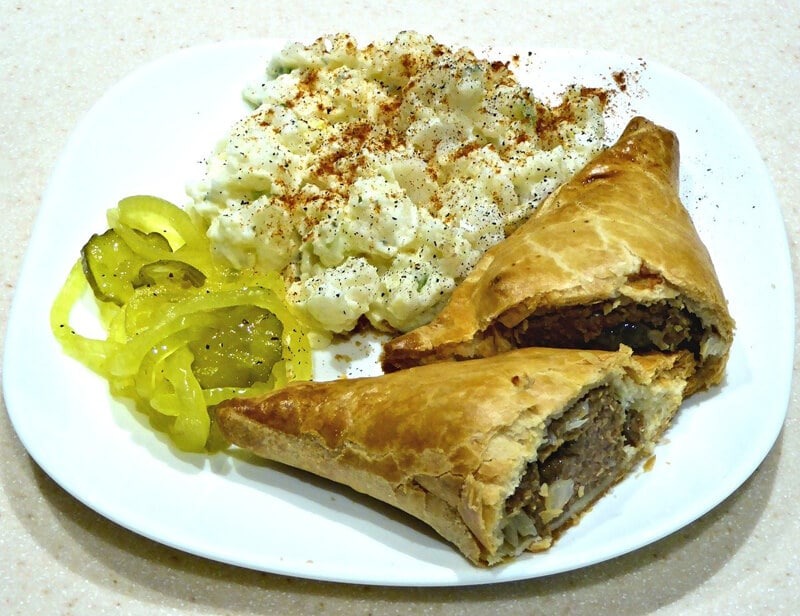 Rolling hills, forests and green fields shape the English countryside, while many town centres date back to the Middle Ages. Gothic cathedrals show off their spires, ancient Roman sites attract historians while dishes and foods reflect traditional and regional tastes. Travel to Bath to visit Roman hot-springs, honey coloured Georgian townhouses of the Royal Crescent and taste homemade Bath Buns in quintessential tea parlours in the county of Somerset and its tasty Brie. For pies, travel to Cornwall for a Cornish Pasty which first became popular among tin miners as they were easily transportable or head to Leicestershire for Melton Mowbray pork pies. In Lancashire, the hotpot will be on the menu and in Yorkshire, don’t forget the puddings with your Sunday roast and that strong cup of Yorkshire tea which has become a successful export.
Rolling hills, forests and green fields shape the English countryside, while many town centres date back to the Middle Ages. Gothic cathedrals show off their spires, ancient Roman sites attract historians while dishes and foods reflect traditional and regional tastes. Travel to Bath to visit Roman hot-springs, honey coloured Georgian townhouses of the Royal Crescent and taste homemade Bath Buns in quintessential tea parlours in the county of Somerset and its tasty Brie. For pies, travel to Cornwall for a Cornish Pasty which first became popular among tin miners as they were easily transportable or head to Leicestershire for Melton Mowbray pork pies. In Lancashire, the hotpot will be on the menu and in Yorkshire, don’t forget the puddings with your Sunday roast and that strong cup of Yorkshire tea which has become a successful export.
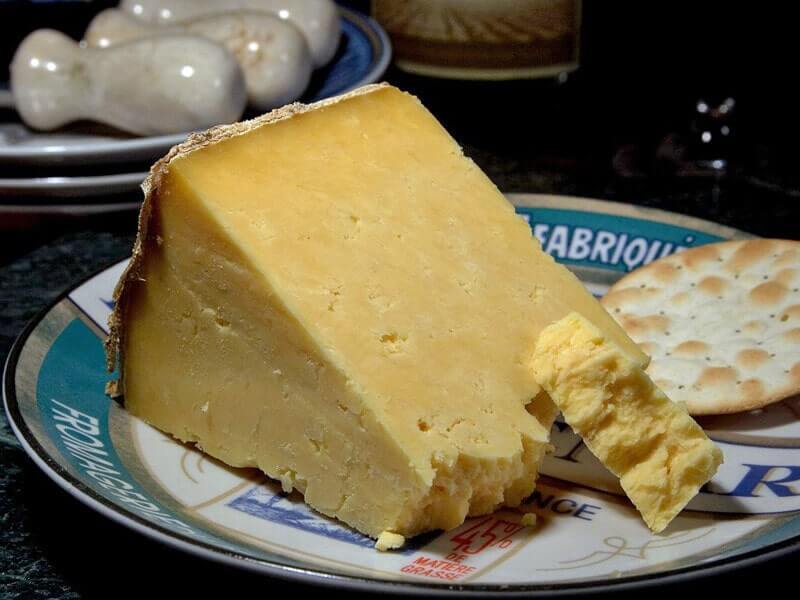 Discovering the homes of classic recipes will lead you to places off the usual tourist map. The town of Eccles in the Greater Manchester region has its very own Eccles cake. Back in 1653 these tasty treats were outlawed due to the Puritan belief that they were pagan but thankfully, they are legal today. For the whole family, celebrate chocolate at Cadburys World, in Birmingham, England’s second largest city. In Cheshire, roam around Chester Zoo, explore the Tudor-style half-timber buildings of the city but don’t leave before tasting Cheshire cheese which is one of England’s oldest cheeses mentioned in the Domesday book.
Discovering the homes of classic recipes will lead you to places off the usual tourist map. The town of Eccles in the Greater Manchester region has its very own Eccles cake. Back in 1653 these tasty treats were outlawed due to the Puritan belief that they were pagan but thankfully, they are legal today. For the whole family, celebrate chocolate at Cadburys World, in Birmingham, England’s second largest city. In Cheshire, roam around Chester Zoo, explore the Tudor-style half-timber buildings of the city but don’t leave before tasting Cheshire cheese which is one of England’s oldest cheeses mentioned in the Domesday book.
While enjoying the breath-taking views of the Lake District, try a Kendal Mint cake to energise your journey. You can buy the real Cumberland sausages, served in a long circular coil. This pork sausage originated in the ancient county of Cumberland, which is now part of Cumbria. Cross the country to the capital of the Peak District and to the birthplace of Bakewell tarts and meander through the traffic free maze of narrow streets with courtyards and arcades. The first Bakewell pudding was created by accident at a local inn around 1860.
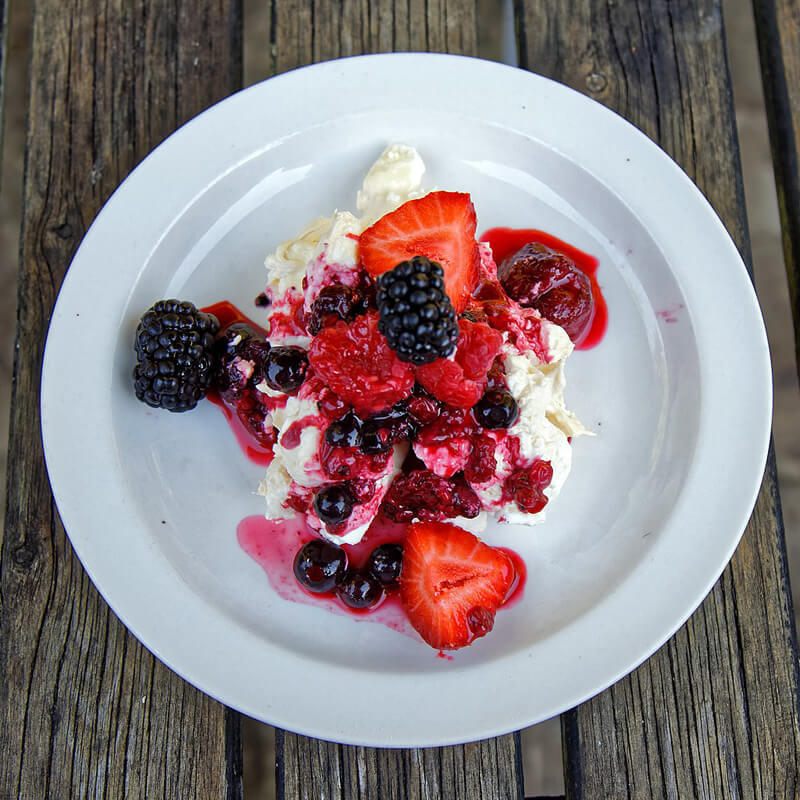 If you have a sweet tooth, then try the Eton Mess, a dish first served at Eton College in the late 19th century at school cricket matches.
If you have a sweet tooth, then try the Eton Mess, a dish first served at Eton College in the late 19th century at school cricket matches.
Festivals around the country celebrate local delicacies; asparagus In Worcestershire, chilli in West Sussex and oysters in Whitstable. But the longest lasting memory lies in Shaftesbury, the heart of the Hovis bread advert in 1973, made famous by the boy with his bike as they journey up and down Gold Hill attracting visitors from far and wide to follow in his footsteps.
Across the country there are many renowned dishes, regional produce and local originals that have been embedded into our cultural fabric. From our hearty Sunday Roast, traditional Shepherd’s Pie to the ritual of the afternoon tea, the British isles gives a tasteful reason to explore and experience these treasured dishes and discover pockets of delicacies and bites that delve into our heritage.
Factual British bites:
- The humble roast dinner began as a meal that was eaten after the Sunday church service, as the meat and vegetables could be left in the oven to cook while the family was out at worship. Today, a Sunday Roast is still an important part of British life with around one-fifth of British people sitting down to a roast every week.
- Historically, the Bedfordshire Clanger, a suet pudding with a meat filling, was made by women for their husbands to take to their agricultural work as a midday meal. Originally the crust was not eaten because it was intended to protect the fillings from the soiled hands of the workers.
- Jellied eels is a traditional Cockney street food item, dating back to the 18th century. Originally, it was a cheap and easy way to make a good dish, with plenty of native eels readily available in the Thames River.
- Peach Melba was created by Auguste Escoffier at the Savoy in London in 1892 for Dame Nellie Melba and her Covent Garden performance in Wagner’s opera Lohengrin.
- Bubble & squeak is a dish made of left-overs. The name derives from the noise it makes in the pan as it cooks.











